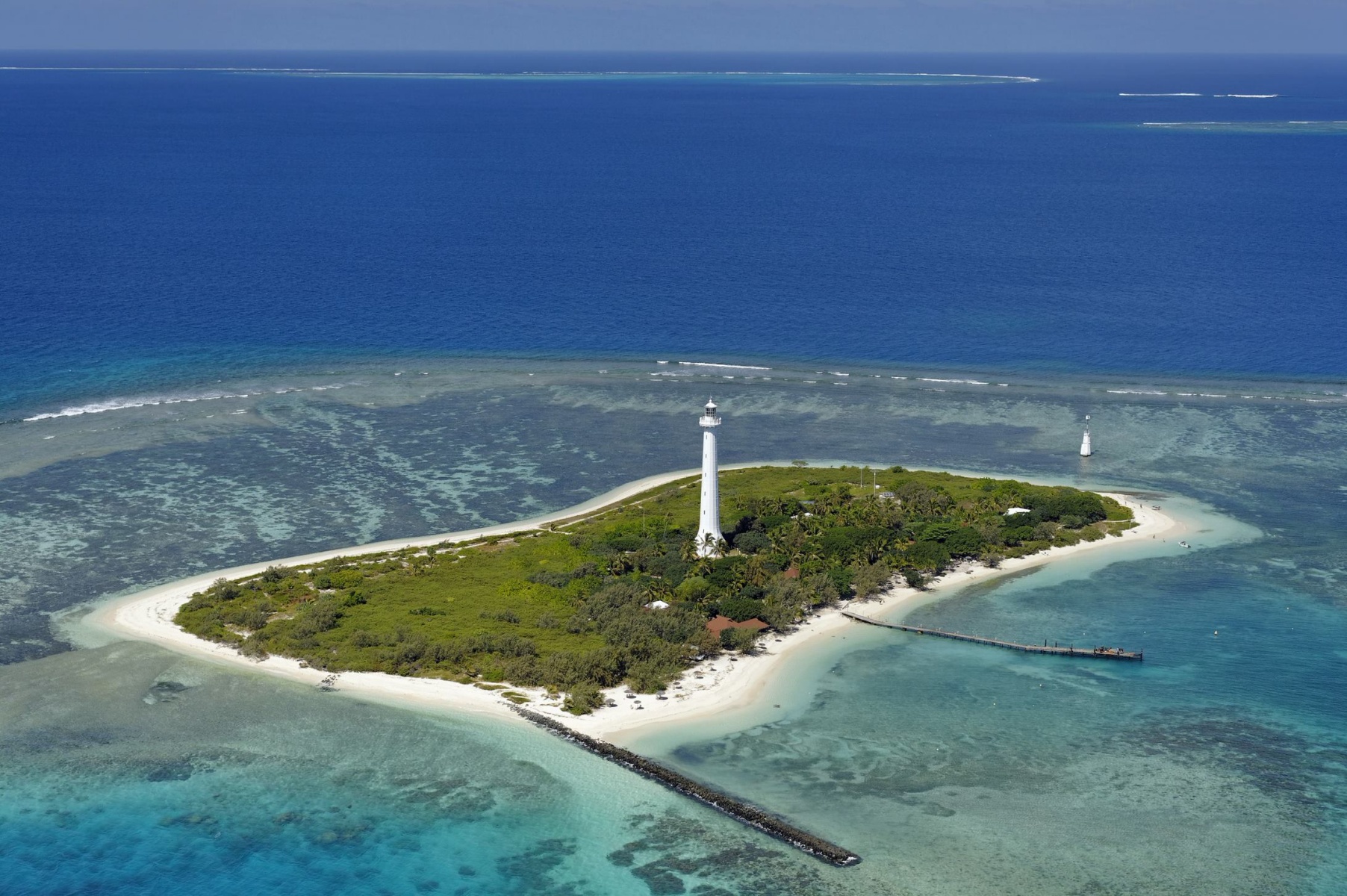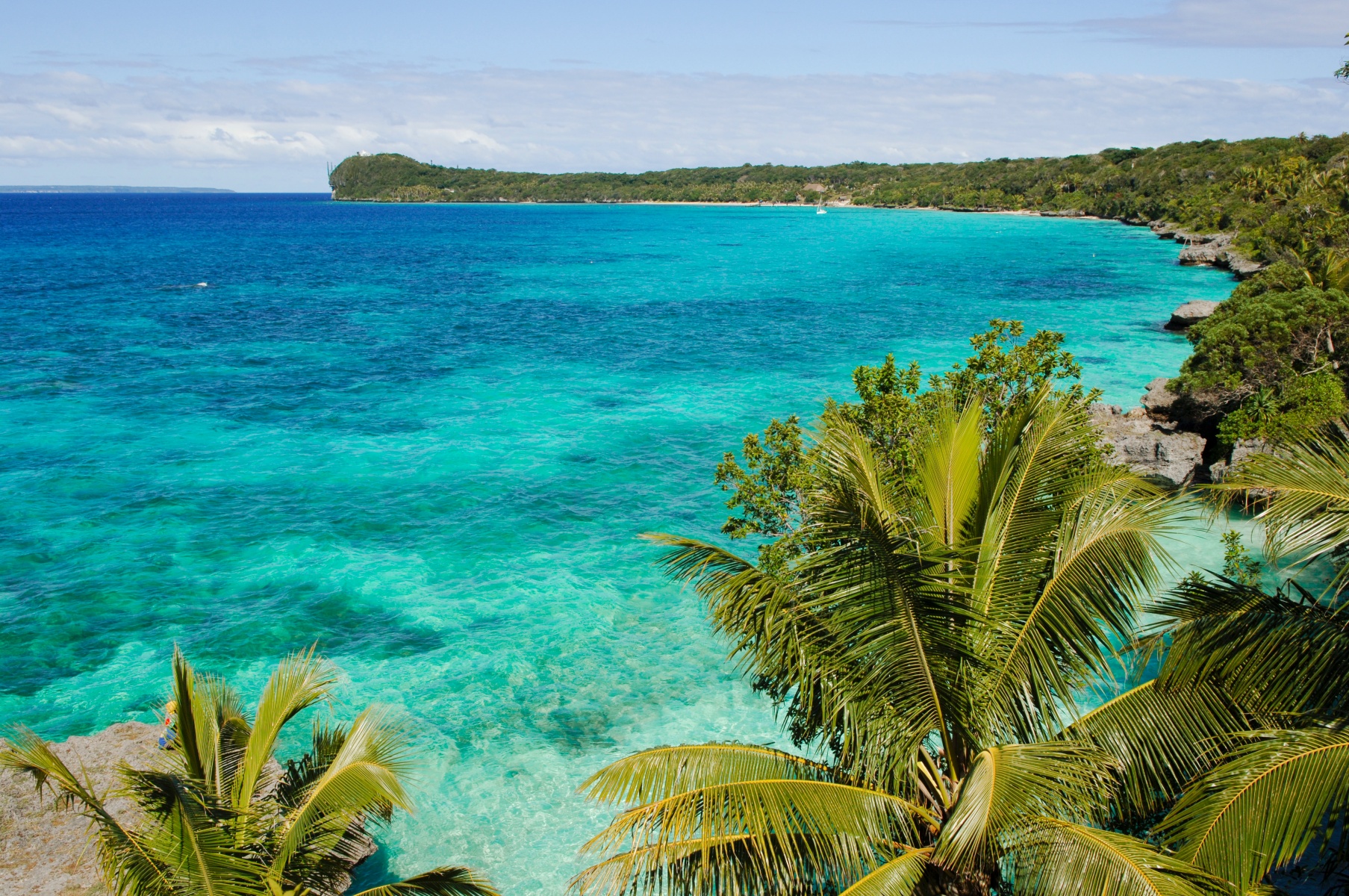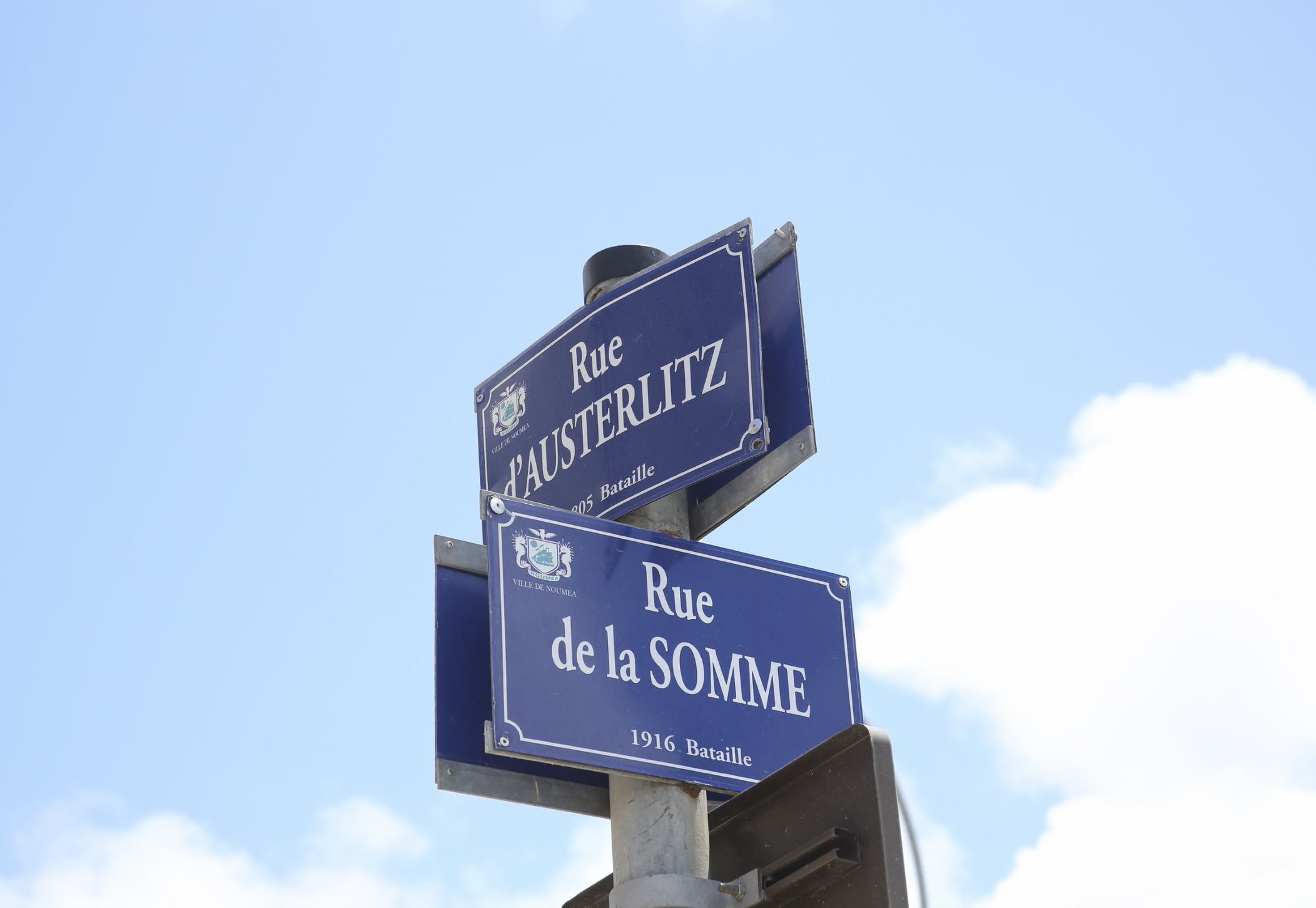If it’s your first time going to the island, you might be curious about the charms of this idyllic archipelago. For example, you might be asking yourself questions like, “Where is New Caledonia?” or “How far away is New Caledonia from Australia?”
Learn more about this South Pacific gem with our list of interesting facts below.
New Caledonia lies in the South Pacific.

New Caledonia may be a French territory, but the archipelago is located in the South Pacific Ocean. It’s also surrounded by various neighbouring countries.
Up in the north, there’s the Solomon Islands and Vanuatu. Look to the east, and you’ll find Wallis and Futuna, Tonga and Fiji. Meanwhile, Australia lies in the West and New Zealand in the South.
Hawaii is smaller than the size of New Caledonia.
The land area of this archipelago spans over 18,576 square kilometres, or 7,172 square miles. That makes New Candelonia bigger than Hawaii but smaller compared to the other islands in the Pacific.
New Caledonia has four major island clusters.
The archipelago consists of four big islands: the mainland Grande Terre, Loyalty Islands (made up of Lifou, Maré and Ouvéa), Bélep Islands and Île des Pins (Isle of Pines). Smaller islets also surround the perimeter of New Caledonia.
Explore the islands of New Caledonia with our luxury holiday packages.
The capital of New Caledonia is Nouméa.

Nouméa, the country’s capital, sits in the southwest area of the mainland Grande Terre. It stretches over 45.7 square kilometres (17.6 square miles) long. Around three-fifths of the people in the country live in the metropolitan area.
The country only has two seasons.
This Pacific archipelago enjoys a tropical climate with wet and dry seasons throughout the year. The rainy season typically lasts from December to March, but precipitation can also happen in July and August. Meanwhile, the hot and humid season runs from September to November.
It is home to many natural wonders.
The dreamy beaches of New Caledonia draw millions of tourists from different parts of the world yearly. But the treasures don’t stop there, for the country is brimming with life on land and sea!
When visiting the islands, you can’t miss its secluded coves, majestic mountain peaks, lush forests, glistening bodies of water and more.
You can reach the highest summit in Mont Panié.
If you’re an avid mountain climber, then the Mont Panié is a must-visit place. It stands 1,628 metres (5,344 feet) tall, making it the highest peak in New Caledonia. It’s also home to various plants and wildlife species, most notably the rare kauri trees.
A large lagoon envelops the entire archipelago.
The lagoon surrounding the islands of New Caledonia spans over 24,000 square kilometres (9,000 square miles) in length, making it the largest lagoon in the world.
It provides a stunning aquamarine backdrop to the islands and a sanctuary for the country’s rich marine life. Because of this, the lagoon was recognized as a UNESCO World Heritage Site in 2008.
The waters of New Caledonia have stunning barrier reefs.

Discover a living aquarium under the pristine waters of New Caledonia. It has one of the three largest barrier reef systems in the world. The coral reefs extend up to 1,600 kilometres (618 miles) long, making it an ideal destination for scuba divers and snorkellers.
New Caledonia is a haven for birdwatchers.
The archipelago hosts more than 200 birds species, and 27 are endemic to the islands. In the forests of Grande Terre, you can find the Kagu bird, a rare flightless bird.
Other unique birds include the New Caledonian crow, known for making tools (like spears and hooks with twigs), and the New Caledonian imperial pigeon, the largest arboreal pigeon in the world.
It’s a popular destination for whale-watching.
Aside from birds, you’ll also spot humpback whales swimming in New Caledonia. These whales migrate north from the southern hemisphere every year, seeking warmth in the Pacific lagoon. The best time to see these lively whale pods is between July to September.
Most people in the islands speak French.

What is the language of New Caledonia? Surprisingly, there’s no official language in the islands but French is the most widely-spoken language in the area. Aside from French, there are over 30 Melanesian dialects and languages spoken in the islands.
The archipelago is a melting pot of cultures.
Find a synergy of cultures in the isles of New Caledonia. People of different nationalities reside in the islands, from native Melanesians and Europeans.
Migrants from neighbouring Polynesian islands and parts of Asia, notably Vietnam and Indonesia, also find their home in this idyllic archipelago.
They are well-known for their traditional wood carvings.
Apart from basket weaving, the Kanak peoples boast a rich wood-carving tradition. You can find these wooden sculptures on display in museums and cultural centres across the country.
One notable example is the Mwa Ka monument, a 12-metre totem pole with carvings that pay homage to the regions of New Caledonia.
The majority of the population is either Protestant or Roman Catholic.
New Caledonia is open to different faiths and religions. Roman Catholics comprise half of the island’s population, while Protestants and other religions make up the other half.
You can visit gorgeous churches and religious structures around the islands that follow either religion.
The island’s name has an interesting origin.
New Caledonia received its name from James Cook, a British explorer. Aboard the HMS Resolution, he stumbled upon the east coast of the mainland Grande Terre on September 4, 1774. Upon this discovery, he named the newfound territory after his father’s native land, Scotland.
Indigenous people make up around 42 per cent of the population.

Indigenous peoples comprise about 42 per cent of the New Caledonian population. Kanak tribes have inhabited parts of Grande Terre, Isle of Pines and the Loyalty Islands for over 3,000 years, making it an integral part of their national identity.
If you’re planning to visit a local village, don’t forget to pay respects to the customs of their land.
New Caledonia has a unique currency.
Before flying to the South Pacific, it’s essential to know the currency of your destination. So what currency do they use in New Caledonia?
New Caledonia uses CFP Francs to buy from lavish boutiques and small night market stalls. Make sure to convert your money to the local currency so you can shop with ease.
The country is rich in nickel.
New Caledonia owns around 25 per cent of the world’s nickel ore reserves, among the largest ones in the world. In fact, the country’s economy has primarily relied on processing and exporting nickel since the first mining expedition in 1875.
New Caledonia is full of surprises for tourists on their first visit—from breathtaking landscapes, delectable meals and other incredible experiences. Knowing these can help you make the most of your holiday!